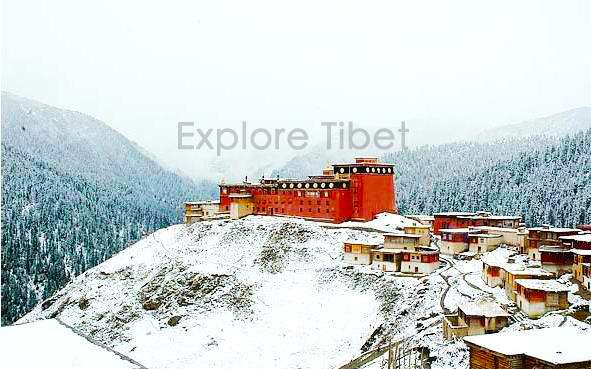
The Palpung monastery is located in Dege County of Garze Tibetan Prefecture, Sichuan province. It is almost 3900m above sea level. The Palpung monastery also known as Palpung Thubten Choekhar Ling, translate it as the Precious Dharma Seat. The monastery was built by the 8th Kenting Tai Situpa Chokyi Jungne with the king of Dege Demba Tsering in 1727. It took almost two years to complete the whole monastery with shrine hall and 25 dormitories for the monks. The 8th Kenting Tai Situpa was the root teacher of the king of Dege. Situ Rinpoche had the authority to attend the king’s highest administrative meetings. The king had to consider the opinion and approval of Situ Rinpoche in matters related to his domain, including politics, economics, war, and culture, and when preparing to issue major laws, and in the promotion or demotion of political appointees, and selection of the next King.
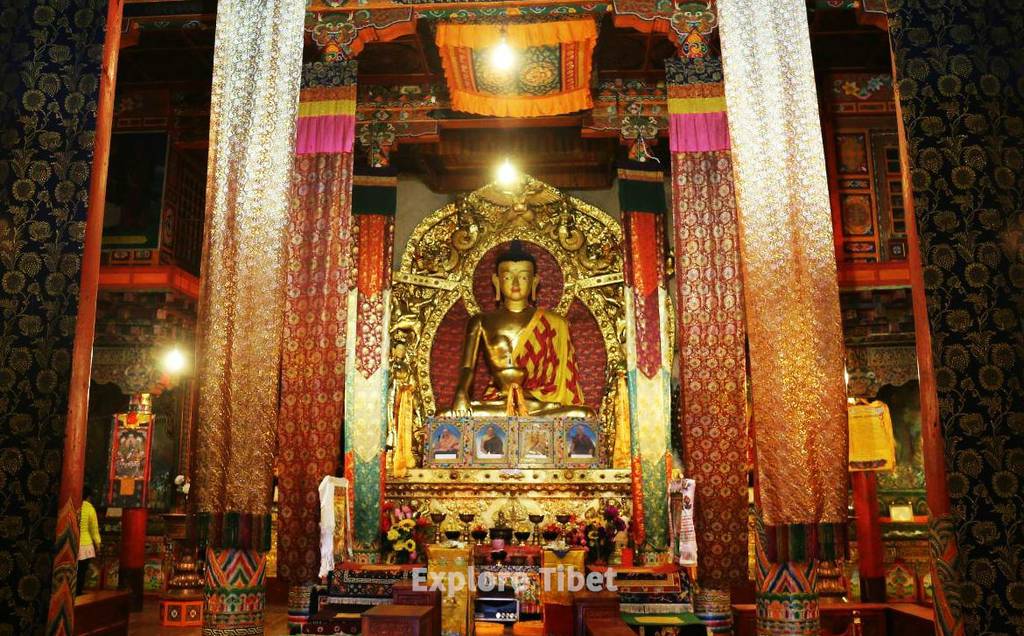
There are three retreat centres which are the first retreat centres in Tibetan history. The first Jamgon Kongtrul Rinpoche has founded the upper and lower retreat centres for the Palpung monastery. He was the disciple of 9th Kenting Tai Situpa Pema Nyingje Wangpo. The upper retreat centres are also called Samantabhadra Great Pleasure Retreat Centre. It was historical retreat centre but later destroyed during the Cultural Revolution and it was rebuilt by the Palpung monastery and Jamgon Kongtrul Labrang in 1987. The lower retreat centre is also called as Retreat centre of Six Yogas Of Naropa. The 1st Jamgon Kongtrul Rinpoche and 1st Kalu Rinpoche also became retreat master at Naropa retreat Centre. This retreat centre is conserving many sacred historical relics and sacred Buddhist statues. The retreat was rebuilt in 1983 and later renovated by 12th Kenting Tai Situ Rinpoche in 2008.
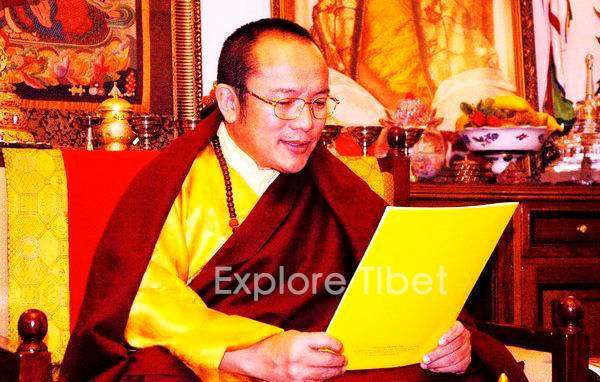
The 11th Kenting Tai Situpa Pema Wangchuk has extended the Palpung monastery by enlarging its main hall, reconstruction of the lower retreat centre and establishing a monastic college so-called Shedra and printing house. The 2nd Jamgon Kongtrul Rinpoche built an additional sutra hall and renovated the upper retreat with added an annexe to it. There were around hundred and eight branch monasteries of Palpung and many other assets of monastery such as farmland, livestock and pastureland. During the cultural revolution, lots of destruction happened to the monastery. Later in 1983, the reconstruction of the Palyul monastery was started and the main temple of Palpung is a magnificent structure with the main hall as tall as 132 ft. It is second highest traditional Tibetan building in Tibet. The main shrine hall of the main monastery contains a seven-floor tall statue of a standing posture of Buddha Maitreya, on the right side of the statue, there is relics stupa of the 11th Kenting Tai Situoa Pema Wangchuk and the left side of the statue, there is a statue of Buddha Sakyamuni. There are many other statues and sacred relics in the main hall of the Palpung monastery. The main monastery is still under reconstruction and the 12th Tai Situ Rinpoche is taking full responsibility for its reconstruction and including expenditures.
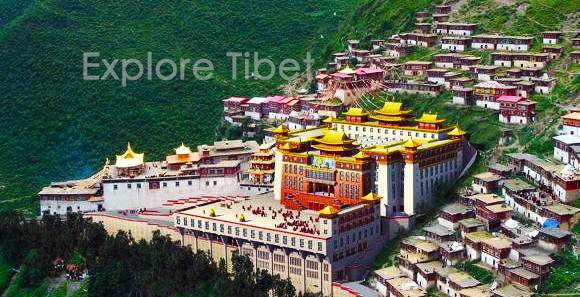
The Palpung monastery follows Kagyu Tradition of Tibetan Buddhism and within the Kagyu sect, they follow Karma Kagyu sect. The Palpung monastery has more than hundred branch temples are spread over all Tibetan Autonomous Region. It has four main masters who look after monasteries, there are Situ Rinpoche, Jamgon Kongtrul Rinpoche, Beru Khyentse and Wongon. The monastery has quite large properties such as forest, pasture, agricultural land, livestock, and other treasures but those properties were lost after the cultural revolution.
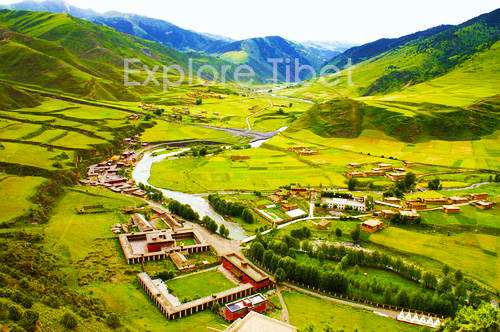
The monastery has produced highly qualified masters over last decades. That brings the rich teachings of Buddhism, poetry, literature, medicine, astronomy, Tibetan grammar, art and history. There is also famous monastic college (shedra) with around a thousand monks who study five major branches of Tibetan Buddhism and the main course include the main texts of Kagyu Tradition of Tibetan Buddhism. The monastic college (shedra) was built by the 8th Kenting Tai Situpa and personally took the responsibility to be head of the monastic college. It is located just above the main monastery. The monastic college of the Palpung monastery had been famous in the field of language, medicine, and astronomy sciences. The 11th Kenting Tai Situpa built a monastic college to the new site by enlarging the main campus of the Palpung monastery. He had improved monastic college in terms of rearranging the courses, rules for the college. He added new courses such as Tantra, Sutra, the three Pitakas and all the different schools of Tibetan Buddhism. He opened the door all the lineages of Tibetan Buddhism to monastic college by inviting Masters from different lineages to teach and train at the Palpung monastic college. Hence the college has been produced many non-sectarian scholars and abbots. Those scholars and abbots are appointed to teach in the other branch monasteries and temples of the Palpung monastery. There are over forty branches of monasteries in Tibet. It was restored its buildings and resumed its recruiting students by 12th Kenting Tai Situpa in 1989. The monastic college has a three-storey building in traditional style with a courtyard surrounded by monk’s quarters and classrooms.
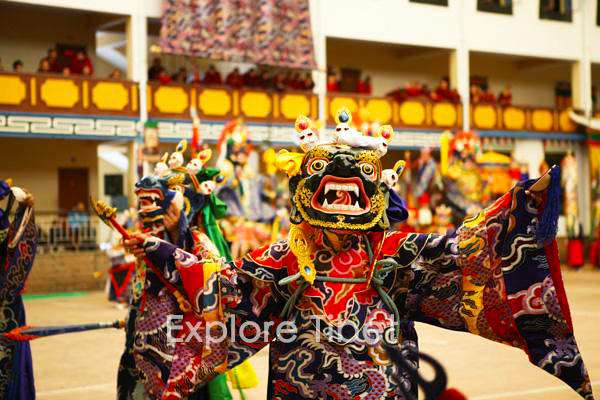
The Palpung monastery has its own printing press known as Buddha Dharma Treasury. It was established the seventh century by 9th Kenting Tai Situpa and was later renovated by 11th Kenting Tai Situpa. It has a total of 70,000 wooden printing plates including various annotation and treatise, that were written by highly trained spiritual teachers from sacred land of India and the land of snow region. There are over three hundred volumes of writings by previous successive Kenting Tai Situpa and Jamgon Kongtrul Rinpoche. The other historical relics in Sutra printing hall includes statues of Lord Buddha, Avalokiteshvara, Guru Padmasambhava and Manjushri. During the Culture Revolution, many of the sacred printing plates were destroyed.
The Palpung monastery is very important seat not only for Karma Kagyu but also for the entire Marpa Kagyu as well as Sangpa Kagyu and all of the eight major Lineages of Vajrayana Buddhism. Currently, the 12th Kenting Tai Situ Rinpoche is upholding the legacy of all the masters before him. He is the head of Palpung monastery and all of the branches of the Palpung monastery. Currently, under his leadership, there are more than hundred branches of monasteries, Dharma centres and retreat centres all around the world. Every year the monastery performing religious mask dance during Buddhist Festival.
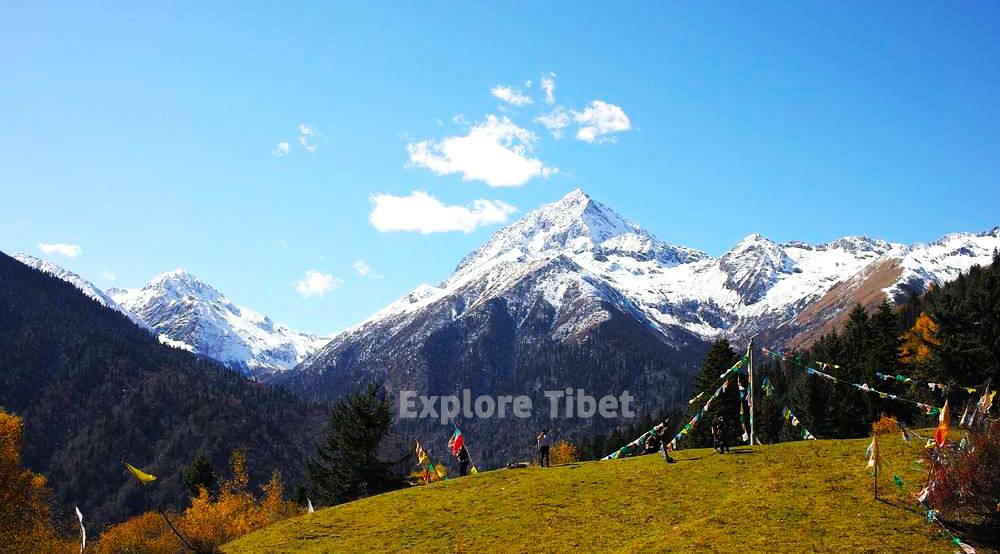
If you want to know more about Palpung Monastery or planning to visit Tibet, please feel free to write us at [email protected].
